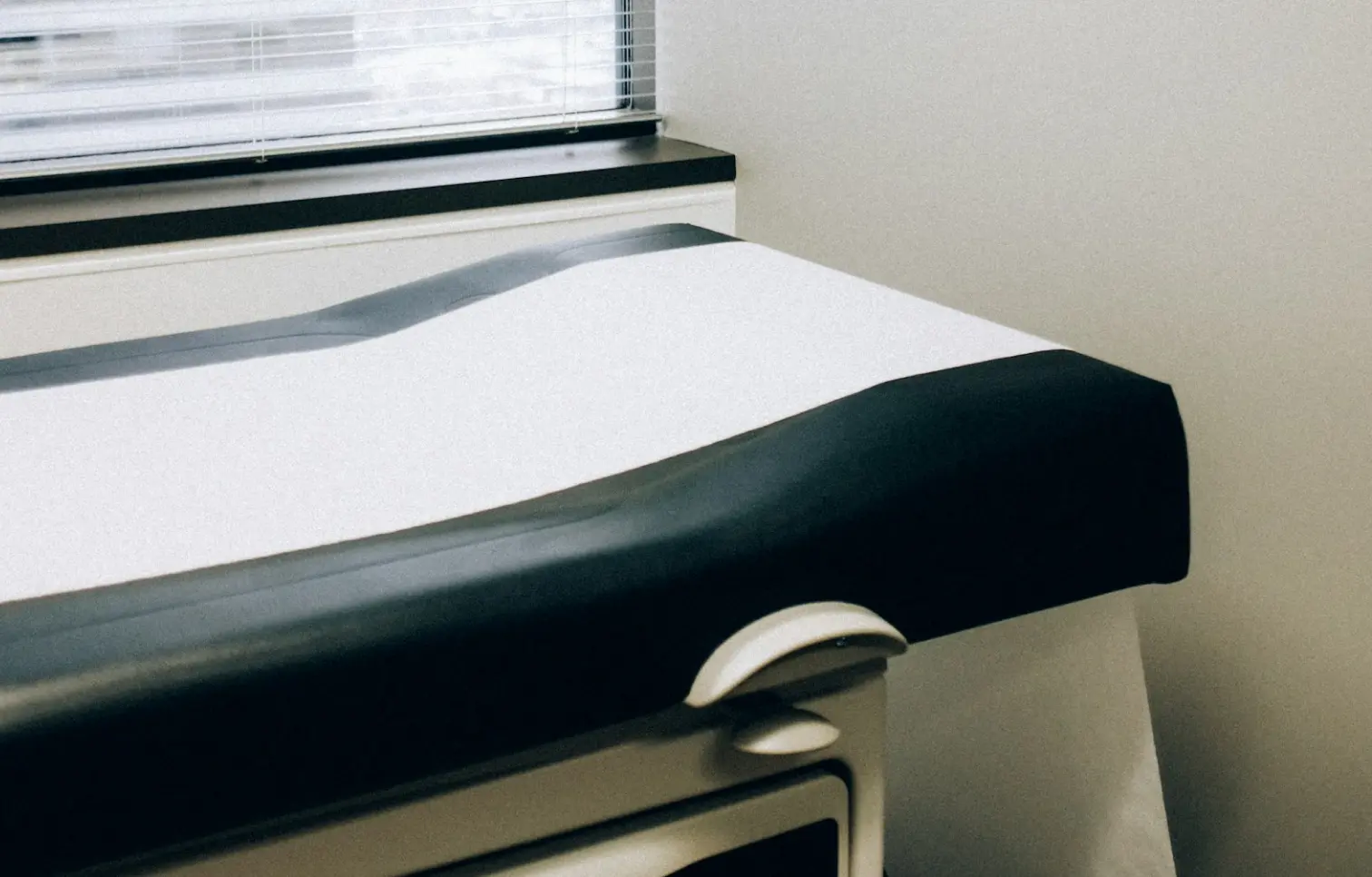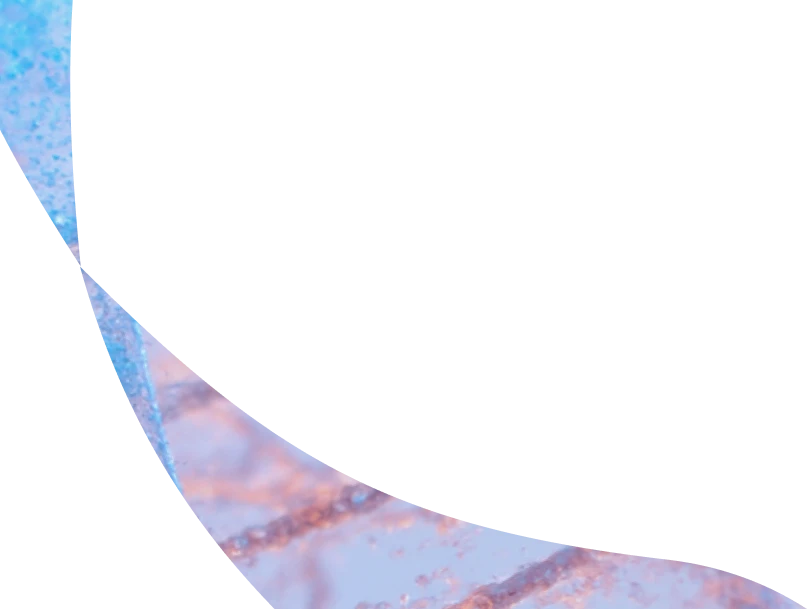How to Get a Medical Scribe Job
The medical scribe landscape is shifting rapidly and if you're looking to get a job as a medical scribe in 2022, then you should be looking to the future.


How to get a job as a medical scribe
If you're looking for a job that will help you gain clinical experience and look great on your medical school applications, then becoming a medical scribe could be the perfect option for you. Scribing can provide you with valuable industry exposure and give you an up-close look at how medical decisions are made.
Why do Providers Use Medical Scribes?
The biggest reason care organizations and individual providers in the United States hire medical scribes is because there is a massive amount of administrative work associated with delivering care. Though this wasn't always the case. Starting in 2009, the US Government passed what's known as the HITECH Act, which financially incentivized care organizations to adopt electronic health record systems and forced providers to thoroughly document their patient encounters. While the goal of this measure was to increase care quality and efficiency and maximize revenue, it created a new disease in the healthcare system: medical documentation.
What has ensued in the years since 2009 is widespread administrative-induced physician burnout, one that is pushing levels of physician depression and suicide through the roof.
So, before we dive into how to get a job as a medical scribe, it's first important to understand what healthcare providers are really looking for when they hire a scribe.
Why do providers hire medical scribes?
Time-Savings
Healthcare providers hire scribes because they need to offload some of their administrative burden so that they can save-time.
Focus on Care
Providers also choose to hire scribes because, ideally, if they can leave the documentation in the hands of the scribe, then they can focus on the patient and focus on delivering engaged, quality care.
Traditional Medical Scribe Jobs
Traditionally, medical scribes work in-person alongside clinicians and other healthcare professionals to document patient encounters and reduce the administrative load so that the provider can focus on the patient. This documentation includes everything from logging the patients chief complaints, to their history of present illness and medical history, to updating their patient record and logging the documentation in the patient's health record.
In the early 2010's, traditional medical scribes were an obvious solution to the increased documentation load. But as the administrative tasks continued to grow, problems with traditional scribes began exposing themselves.
Downsides to Traditional Medical Scribes
Training & Scheduling
Unfortunately, providers today are spread so thin that it can be difficult for new scribes to get the training they deserve and need to do their jobs. It can be time consuming for individual providers to train and schedule scribes, and it can sometimes be more work than it's worth.
Functional Creep & Malpractice
Because providers are so burdened by their documentation, it can be easy for them to start passing off tasks to trusted scribes that are outside the scope of their role or training — a phenomenon that's known as functional creep. While understandable, functional creep can put providers at an increased risk for malpractice.
As the years have gone on, traditional scribe roles have begun to decrease as the costs, risks, and needed oversight often outweigh the benefits.
The shift to remote and virtual scribes
In recent years, large medical scribe companies have emerged as an alternative to traditional in-person scribes. These companies handle recruiting, staffing, training, and management, and can be a great alternative for providers who don't have the bandwidth to handle this themselves.
Since the COVID-19 pandemic upended in-person life, these remote scribe companies have been a lifesaver to many providers across the world.
Unfortunately, many care providers are now beginning to opt out of these services as well due to the lack of standardized training and high costs. Additionally, many of these scribe companies operate overseas, which can present grave data security risks to providers. Because PHI security is not mandated globally, there are inevitable security risks associated with transmitting and storing data on offshore servers. Combined with increasing cybersecurity threats and ransomware attacks, many providers are opting out of these remote services entirely.
Trends in Medical Scribe Jobs
Costs and risks associated with both traditional and remote scribes continues to impact the availability of scribe positions across the country. The Bureau of Labor Statistics provides data that supports these sentiments as well. Their figures suggest that medical scribe jobs and medical transcriptionist jobs will continue to decline over the next decade as more novel positions enter the field of medicine. These roles, while not exhaustive, include positions such as Medical Assistants, Medical Records Specialists and Medical Operations Analysts — all of which can help reduce the bureaucratic load, while optimizing what providers do best: deliver care.
Additionally, record investments in the digital health space, specifically as it relates to workflow optimization and AI documentation solutions have reached all-time highs in each of the last 3 years.
So it begs the question, are medical scribe positions dying out, and are they still worth pursuing?
Medical Scribe Jobs of Tomorrow
The answer is, yes, medical scribes are still needed, jobs are still available, and they likely always will be in at least some capacity. But, these jobs don't look like they did in 2009, or in 2012, or even in 2019.
At DeepScribe, we use a robust medical scribe system that relies on artificial intelligence, machine learning, and remote medical scribes. This network allows for us to entirely automate medical documentation for clinicians and provide them with the tools they need to provide high quality, efficient care, but in a way that is cost-effictive and incredibly secure.
At DeepScribe, our remote medical scribe positions are always open, and they aer easier to get than a traditional scribe job. Additionally, they're a great way for undergraduate students to satisfy their clinical hours for medical school, while also gaining direct exposure to the healthcare industry, but also valuable insight into the future of care and digital health — an industry that will continue to grow exponentially in the coming years.
Our remote scribe jobs are flexible, and can be done from anywhere in the US with an internet connection. We also provide all of the training and resources you need to get started, opportunities for internal growth within DeepScribe, and letters of recommendation after you work with us for 6 months.
We want to help you get where you're going, while also helping providers automate their documentation so that they can get back to delivering authentic care.
Learn about our full-time or part-time positions today.
text
Related Stories
Realize the full potential of Healthcare AI with DeepScribe
Explore how DeepScribe’s customizable ambient AI platform can help you save time, improve patient care, and maximize revenue.




